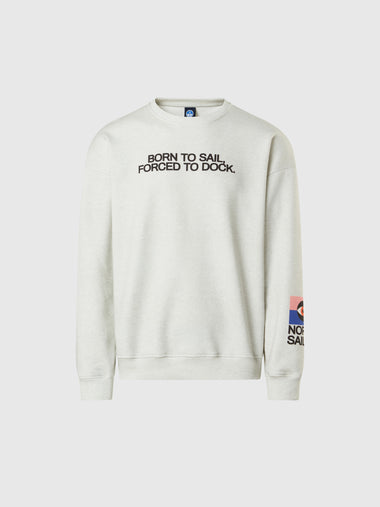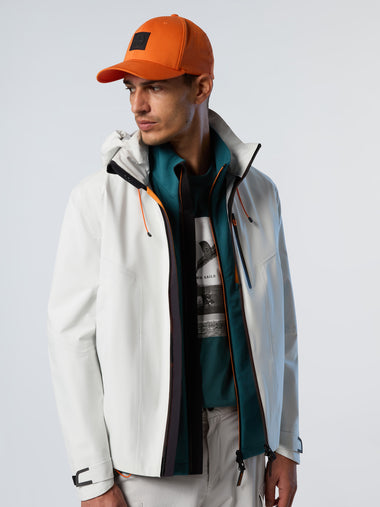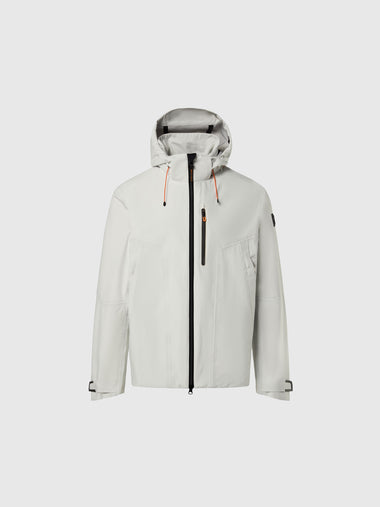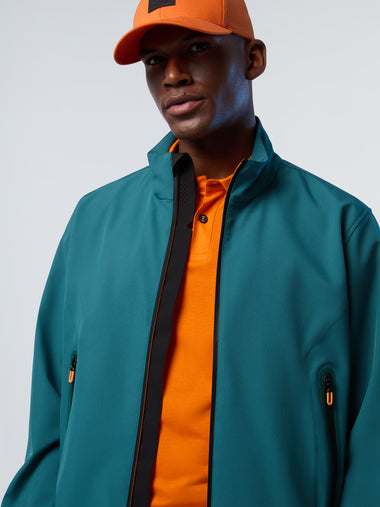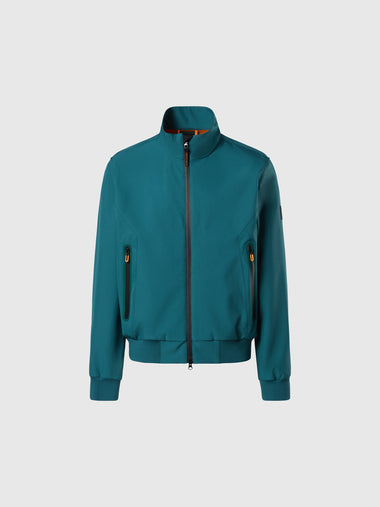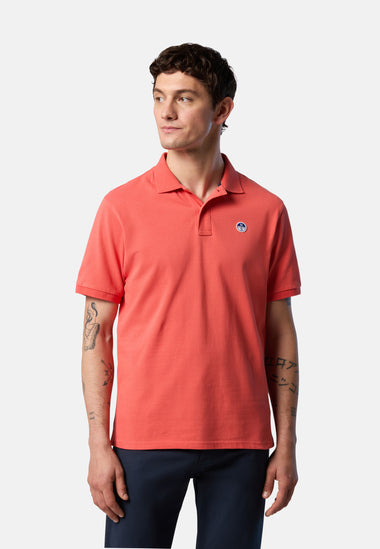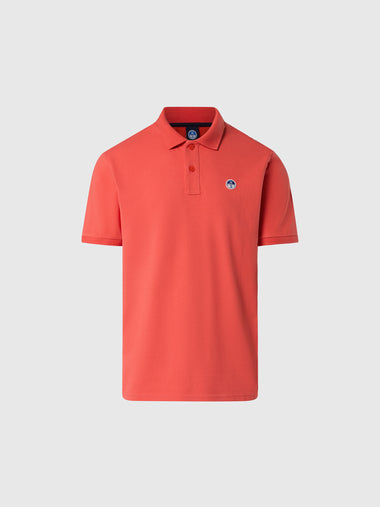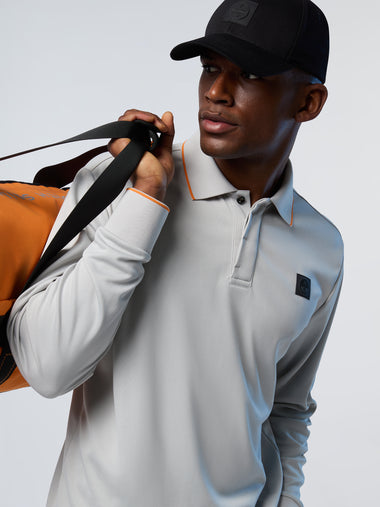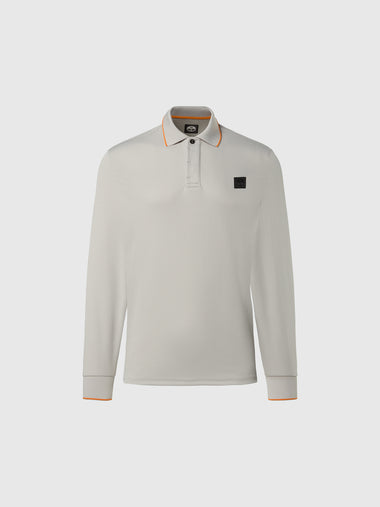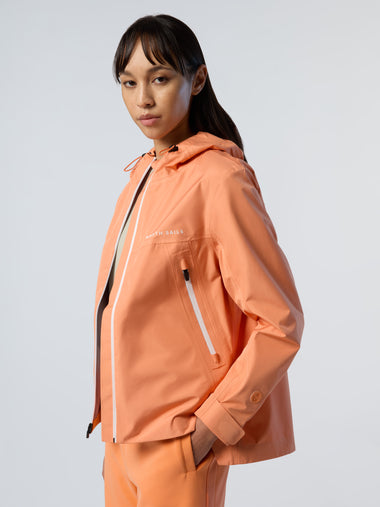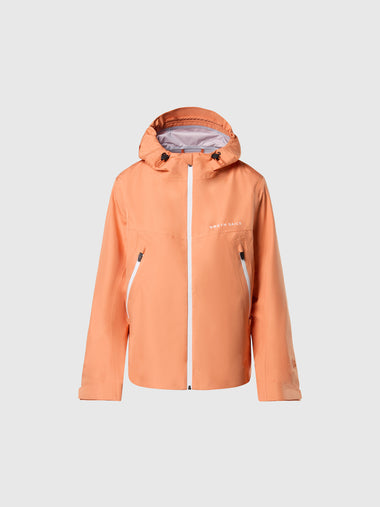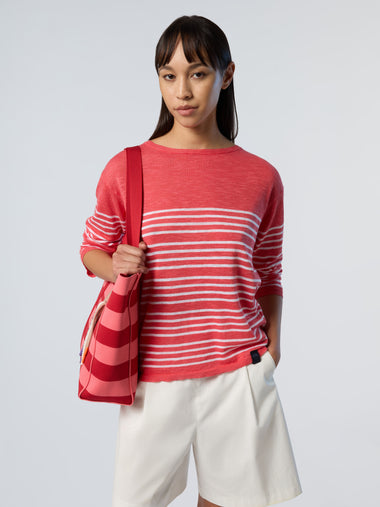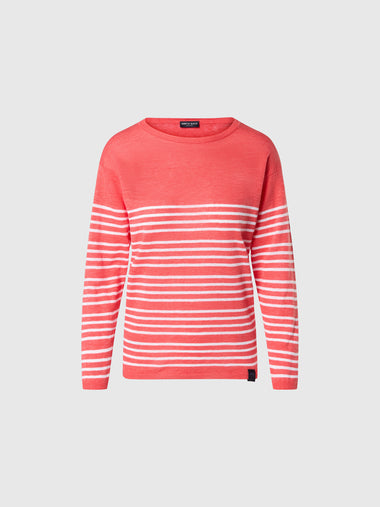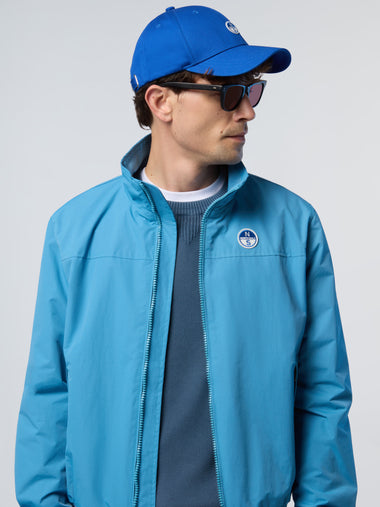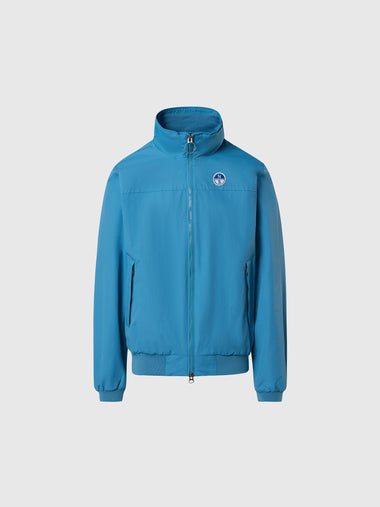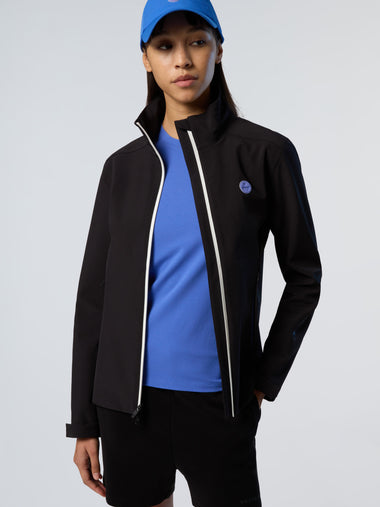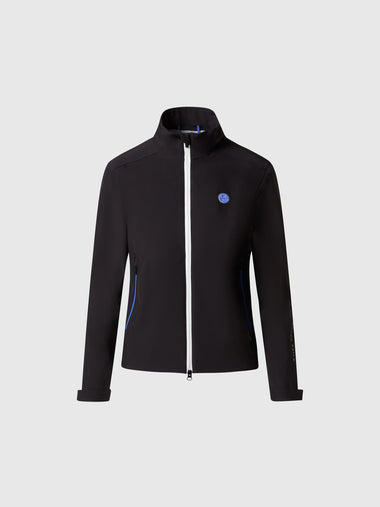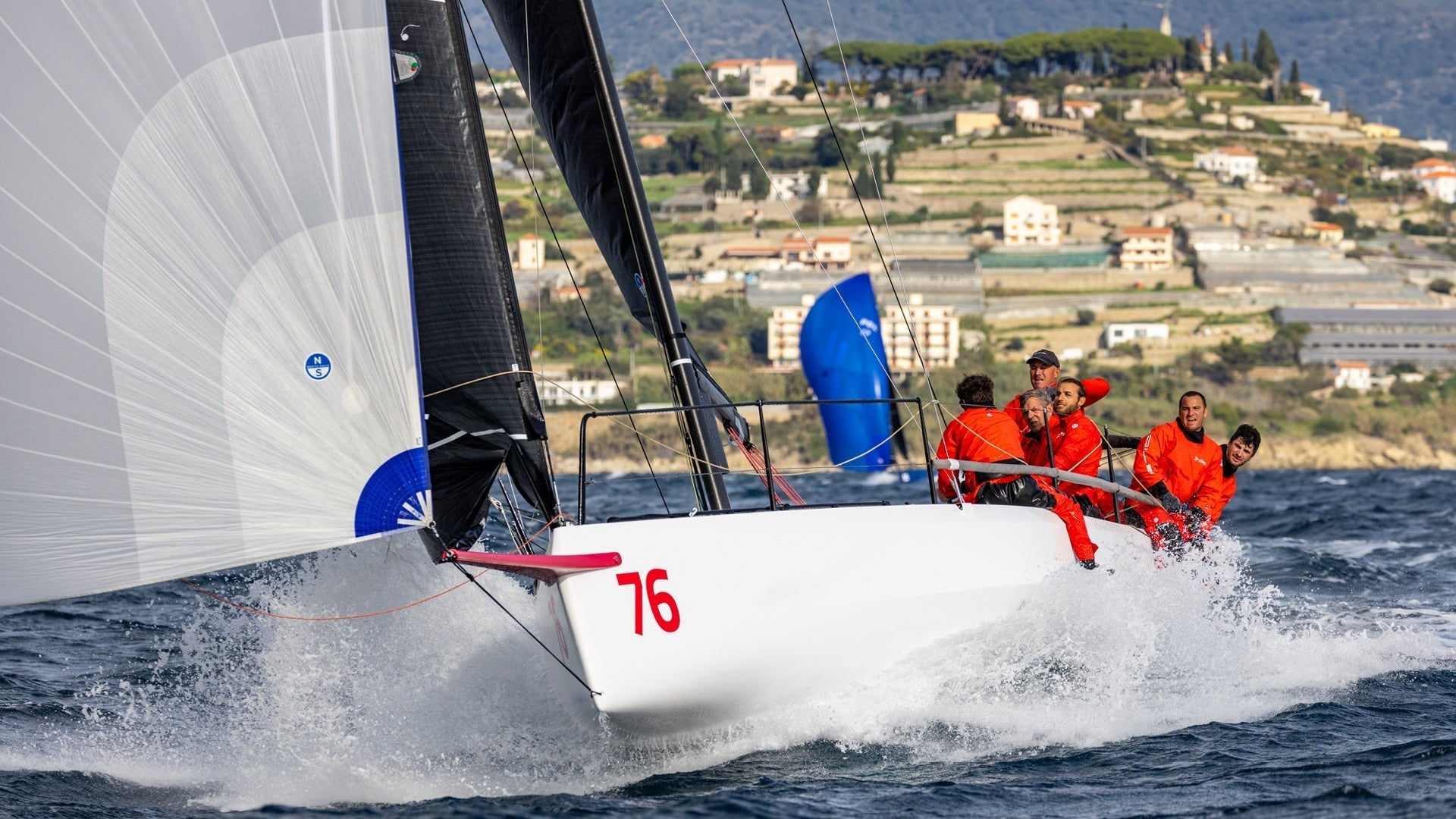ETCHELLS AUSTRALIAN SETUP Q&A
ETCHELLS AUSTRALIAN SETUP Q&A
Your Webinar Questions Answered by the North Experts

Etchells sailors from all over the planet gathered online to watch North experts Noel “Nitro” Drennan, Eric Doyle, and Alex Curtiss talk about the new intriguing Australian setup for the Etchells. The setup that powered Iain Murray dominate the 2019 Worlds in Corpus Christi and Graeme Taylor to win the Australian Nationals. We received a massive amount of questions during the webinar, and here they are compiled for you:
Does the North MAL jib have a different batten strength, and at what range is the change?
Nitro: Yes, the MAL jib is supplied with a selection of batten stiffness. I like to use the standard batten for the majority of wind speeds since the MAL is quite full, and the relatively stiff standard batten downrange helps with increasing the leech twist. I would definitely change the battens when super light and well up-range conditions.
What are the ranges for MAL and GT jibs?
Alex: The general range of the MAL is from 0-14 knots. The GT is designed to start around 14 knots and take you all of the way to the top of the wind range. What I would say is the sails are very versatile and if you are sailing in flat water/12 knots, you might consider switching to the GT earlier. These sails are designed to simplify the jibs across the breeze range.
At what wind speed do you get max aft with the shrouds?
Nitro: 14 knots trying to combine changing to the GT jib and moving the shrouds aft at the same time. If in doubt about windspeed dropping, I would stick with the shrouds forward and only change jibs. It is definitely better to be caught with shrouds forward up-range than downrange with the shrouds aft.
What is the purchase system with the inhauler 4:1? 8:1?
Nitro: The inhauler is pretty loaded 8:1 at least
Can you talk about the measure of the 3rd spreader mark inboard from the other two that have been there previously?
Nitro: Previously, the tuning guide spreader measurement called for 490mm and 540mm from the sidewall of the mast. Now it will be 450mm(17 ⅝) 490mm(19 ¼) and 540mm (21 ¼).
What is the inhaul range on the standard LM2 style jibs? Are you able to inhaul them as aggressively as the new jibs, or do they stall earlier?
Eric: I have seen teams have good success with the LM2 jibs trimmed into the edge of the cuddy cabin. Any further than that, you better have the forestay pretty tight, or the sail will be too deep, and as a result, you will have to ease the sheet so that the head doesn’t shut down too early.
How do-able is this system, for Corinthians, club sailors? It’s cool, I grant you, but for a small minority of the boats. Am I overestimating this?
Alex: I do think you are overestimating the process. Really, this whole package was designed to make sailing the Etchells easier. Instead of standing at the dock and reading the forecast and deciding what jib to leave in the trailer box, now there is no problem just taking both sails with you.
The tighter headstay is easier to drive too, specifically in choppy conditions. Like Eric had mentioned in the webinar, if you were sailing with your LM2L with a lot of sag and you are heading to chop, you have to pull on the backstay to get the forestay tight. Well, that’s counter-intuitive! With a firmer headstay, you can now look to power the boat up while going through chop.
Personally, I think this will make it easier for club and corinthian racers to learn about jib trim, and boat set up. I know once we incorporated it into our program, it made etchells sailing more fun!
Do you need to have movable shrouds? Spreaders?
Eric: For sure, a nice noticeable gain has the spreaders rock forward the maximum amount (75mm) for downwind. They stay out of the main a bit more and help the sail shape a lot.
Upwind, stiffer masts often don’t bend enough in the middle, and as a result, the main is too full in that area- a little spreader sweep would help this. It also really helps even out the entry angle of the main. The new Whale spare averages about 30mm of aft sweep (max is 100mm). This also loads the spreaders a bit more and helps to lock in the mast and, therefore, the sail in that area.
We do offer two mainsail models with two different luff curves for soft and stiff masts. The PC+ has more luff curve and is better when sailing with more mast bend. Many customers with softer masts use this sail or if they sail in very windy venues where lots of mast bend is used on typical days.
So, back to the question about moveable spreaders – yes, I think they definitely help. Not a ton, but if you do 4 or 5 little things like this on your boat, you will certainly see a difference.
I’ve noticed there are much less main pre-bend wrinkles in the new setup from the recent photos I’ve seen. Why? Please comment
Eric: Wrinkles along the luff of the main come from tension on the luff tape and bolt rope. This helps to keep the draft aft in the main when trying to power up the boat in lighter air. With the spreaders swept and lower shrouds aft, it does lock in the lower part of the mast very nicely, and therefore you might see less overbend wrinkles.
When the wind is light, and the sailcloth doesn’t load up and stretch at all, the main is too full. In these conditions, we pre-bend the mast and get over bend wrinkles down low. A general rule is to bend the mast enough for the wrinkles to come back at least to the middle of the vision windows. This makes the main flat enough down low so that it is not too draggy and keeps the draft aft to help load the helm.
Is there a risk of over in-hauling the jib?
Nitro: Yes, definitely, there is a risk, and it’s hard to identify if you do see the lower luff of the mainsail lifting or unsettled is one indication or difficult to accelerate.
Does this new thinking mean that the old technique of sagging the forestay in light air is no longer thought best?
Alex: Like Eric mentioned in the webinar, this is just another way of sailing your Etchells. In Miami this winter, the majority of the fleet still used the traditional San Diego jibs, and they still went just as fast. If you have the LM2L jib, you still need the sag because that’s what the sail needs to get the boat moving.
At 8085, the jib leech seems too long even sheeting through the clew ring. Do you hoist the jib?
Nitro: Yes, the jibs just fit, and occasionally you do have to raise the tack up the headstay.
The clews have been raised slightly to help this situation.
What is the range of max to min mast height? Resultant error in forestay measurement?
Eric: The B (or mast bury measurement) tolerance is 15mm. However, there is also a tolerance for the actual mast step location in the boat, so altogether boats can be up to 45mm different on the overall mast height. This adds up to quite a big difference on the rake the way we have always measured in the past, the new method of measuring the rake takes this difference away and makes for a much more comparative number between different boats.
How does the setup differ between the newer stiff rigs vs. the older softer rigs when it comes to moving the shrouds?
Eric: I think the new stiffer masts necessitated the need to move the shrouds. A stiffer mast is nice when it’s windy and choppy, but is hard in light air-hence the need to sweep the spreaders and move the shrouds forward to achieve proper pre-bend.
In general, a softer mast is more forgiving in light air as it is easier to get pre-bend, but it will require a more aggressive approach to tuning when it’s windy. It is easier to achieve a tight forestay in the breeze when you have a stiff mast so you don’t have to be as aggressive as the wind starts to come up.
If you do decide to switch to the new AUS tuning, take some time to get your tensions correct at the dock when you move the shrouds. This will pay dividends later and take out some of the guesswork on the water.
Are the +/- turns measured in the tuning guide based on Bolga or PKM turnbuckles?
Nitro: The turns on the tuning guide are based on the finer thread PKM turnbuckles
I don’t have money to replace my rig just yet, what are some cost-effective easy changes I can do to get better performance out of my Circa 2012 boat?
Eric: No one is suggesting that you need to replace your mast in order to stay competitive. Spreader brackets can be retrofitted to older masts, which will help overall performance. The new inhauling system can be installed, and with the appropriate jibs, upwind speed should improve. Nothing beats time in the boat though! (Well, new sails really help, too!)
The new setup – sails and all, if you get it wrong, is it super slow?
Alex: Like any sailing or any change, there are some growing pains to getting it right. What I would say is, this setup is very forgiving.





